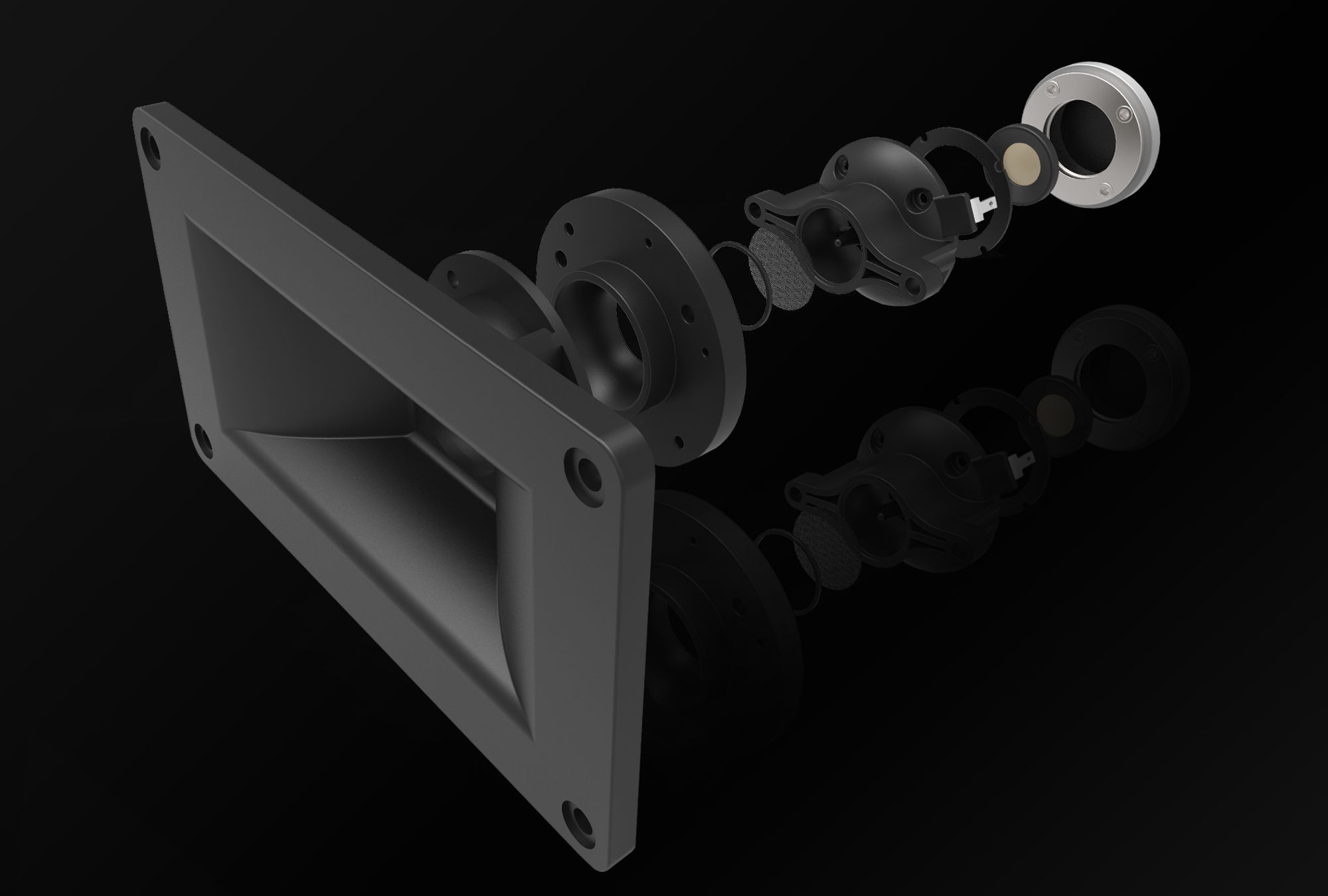NiCoaStyle a écrit:Horn Jubilee mon souvenir n'est pas des plus bon non plus, je pense ma pire experience avec les klipschorn que ça soit au pavs 2019 et ensuite dans le bar ou elles etaient plaçées juste derriere moi et je ne les supportaient plus. Non franchement il faut être sourd pour écouté à fond les ballons ces enceintes à moins de deux mètres. Dans un premier temps il faut une enorme piece je tablerais sur 100metres carres, ensuite niveau grave que ça soit la jubilee ou l'autre ça ne descendra pas c'est sur car c'est pas fait pour ça , cependant ça aura de l'impact un solo de batterie sera un regal , hp léger avec faible debattement. Ça pulse ça swing. Niveau distorsion des moindres avec la compression , ça arrose de partout c'est un bon point car pas de sweet spot en particulier à avoir. Perso je suis plus un admirateur des rf7 mk3, des cf4 , chorus 2, tangent 500 (rpq inégalé), klf30 ou encore les cornwall 4 et forté 3 que ces klipsch qui n'ont pas grand chose d'attirant au vu de leur prix plaisir qualité. Ciao merci de m'avoir lu.
Bonjour,
Je rebondis sur un message un peu ancien, mais je ne me retrouve pas du tout dans ce qui est écrit.
J'ai un salon de +/- 40m2 (9/10m x 4/5m), ouvert dans le fond sur 2 grands volumes et avec une hauteur de plafond (malheureusement) classique de 2,20m.
J'ai pu vivre dans cette pièce avec des Cornwalls et des Khorns en même temps, histoire de trouver le bon compromis.
La ou je suis d'accord est que les Khorns sont assez peu directives, ce qui est confortable si on souhaite écouter de la musique tout en vivant au quotidien ou que l'on apprécie différents fauteuils de son salon.
Par contre je ne ressens aucune gène lorsque je suis proche des enceintes, même à 2m. Le rendu est très doux, vivant mais doux. Bien sur cela donne le sentiment d'écouter au casque mais c'est aussi agréable.
Si le grave peut sembler léger au regard du volume de l'enceinte, je le qualifierais plutôt de juste et de proportionnel aux autres registres.
Après à mon sens, en comparaison directe une cornwall ne tient pas. Le médium/aigu a beaucoup moins de matière (variété dans les timbres) et d'énergie, elle semble presque fade à côté de la Horn (attention, je ne dis pas que la Cornwall est une mauvaise enceinte, juste que dans ce registre une Horn en offre plus, même beaucoup plus).
Enfin d'un point de vue occupation subjective de la pièce, la horn prend plus de place, mais "raisonnablement" plus de place. Le fait d'être en angle et dans mon cas dans une finition bois naturel (sans placage), la rend encore supportable (j'avais beaucoup plus de mal avec les JBL 4430/K2 S5500 et S9500).
Donc pour ceux qui préfèrent une Cornwall à une Horn, je les invite si cela les intéresse à chercher un bon magasin pour une démo car il me semble surprenant de préférer les petites soeurs.
Sinon je précise que les miennes sont assez anciennes (filtre AA, compressions et woofer alnico), mais que le filtre est neuf et identique à l'original (bob crites).
L'amplification est un PP de 2A3, bien suffisant pour une écoute domestique.
Ugo












